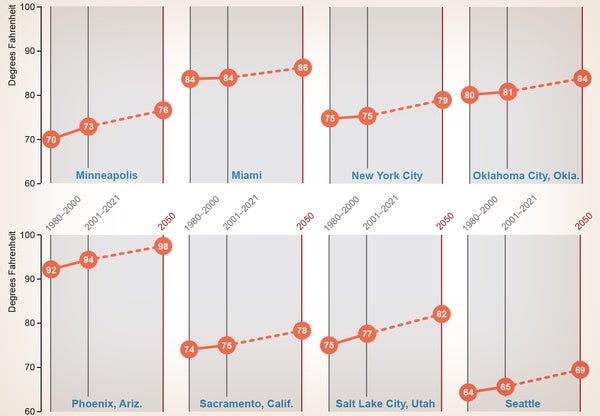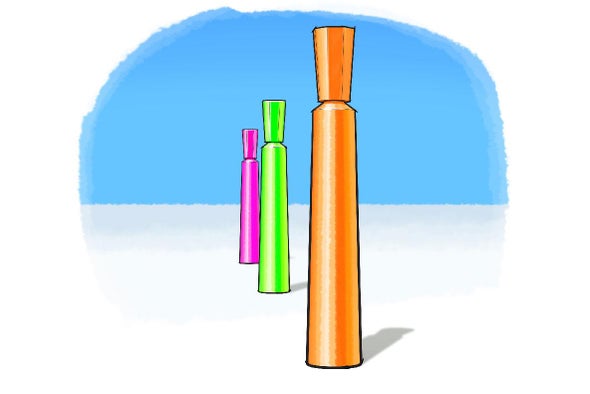 |
| |
 |
| |
| |
| |
| |
| Public Health How to Improve Indoor Air Quality Why do we pay attention to the quality of our drinking water but not to our indoor air? Scientific American senior health editor Tanya Lewis explains how and why this matters. |  | By Tanya Lewis,Tulika Bose | | | |
| |
| Artificial Intelligence This Artificial Intelligence Learns like a Baby Engineers at the company DeepMind built a machine-learning system based on research on how babies' brain works, and it did better on certain tasks than its conventional counterparts. |  | By Christopher Intagliata | 02:36 | | | |
| |
| |
| |
| |
| |
FROM THE STORE
 | | Revolutions in Science Normally science proceeds in incremental steps, but sometimes a discovery is so profound that it causes a paradigm shift. This eBook is a collection of articles about those kinds of advances, including revolutionary discoveries about the origin of life, theories of learning, formation of the solar system and more. *Editor's Note: Revolutions in Science was originally published as a Collector's Edition. The eBook adaptation contains all of the articles, but some of the artwork has been removed to optimize viewing on mobile devices. |  | | |
BRING SCIENCE HOME
 | | See Change: 2 Eyes, 1 Picture |  Can you see it now? How our brain transforms two pictures into one Credit: George Retseck | Is catching, juggling or heading a ball challenging for you? If you've ever tried threading a needle, did it end in frustration? Have you ever thought of blaming your eyes? Two eyes that work together help you estimate how far a ball is or where the thread is with respect to the needle. This "working together" of the eyes actually happens in the brain. The brain receives two images (one for each eye), processes them together with the other information received and returns one image, resulting in what we "see". Are you curious about how depth perception enters the picture? "See" for yourself with this activity! | |  | |
LATEST ISSUES
 |
| |
| Questions? Comments?  | |
| Download the Scientific American App |
| |
| |




